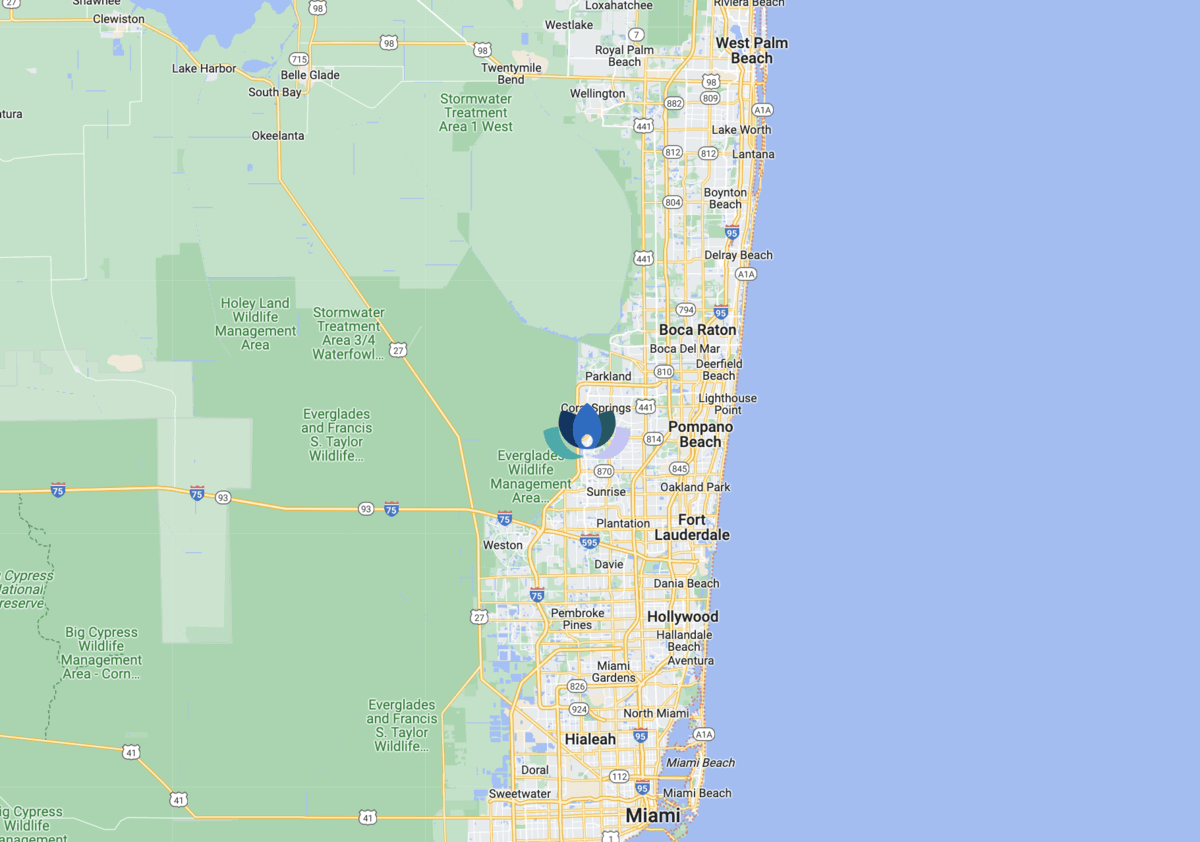Does Health Insurance Cover Counseling and Therapy Programs for PTSD Treatment in Florida?
Yes, if you are seeking trauma recovery PTSD therapy in Florida, know that these costs are often partially covered by health insurance companies. The extent of coverage offered will depend on your insurance provider, the specifics of your policy, and the type and duration of your PTSD counseling and treatment.
To choose providers and treatments that align with your plan coverage, it is wise to get acquainted with the details of your plan, including your copays, deductibles, premiums, and any exclusions or limitations. If you would like help understanding the details of your specific policy, feel free to connect with us to help verify your insurance.
Which Health Insurance Providers Cover PTSD Counseling and Therapy Near Me?
Many health insurance providers are likely to offer some level of PTSD treatment in Florida. By law, insurance companies are required to provide coverage for mental health services to the same extent that they would cover other health concerns. Some insurance companies that may cover PTSD therapy are Aetna, Cigna, the New York State Health Insurance Program (NYSHIP), and UnitedHealthcare.
Details of your coverage will depend on the provider and the tier of your plan. Costs will also vary based on the type and duration of treatment that you want to pursue. We are happy to talk to you about your insurance policy to shed some light on your specific coverage details. Contact us today.








